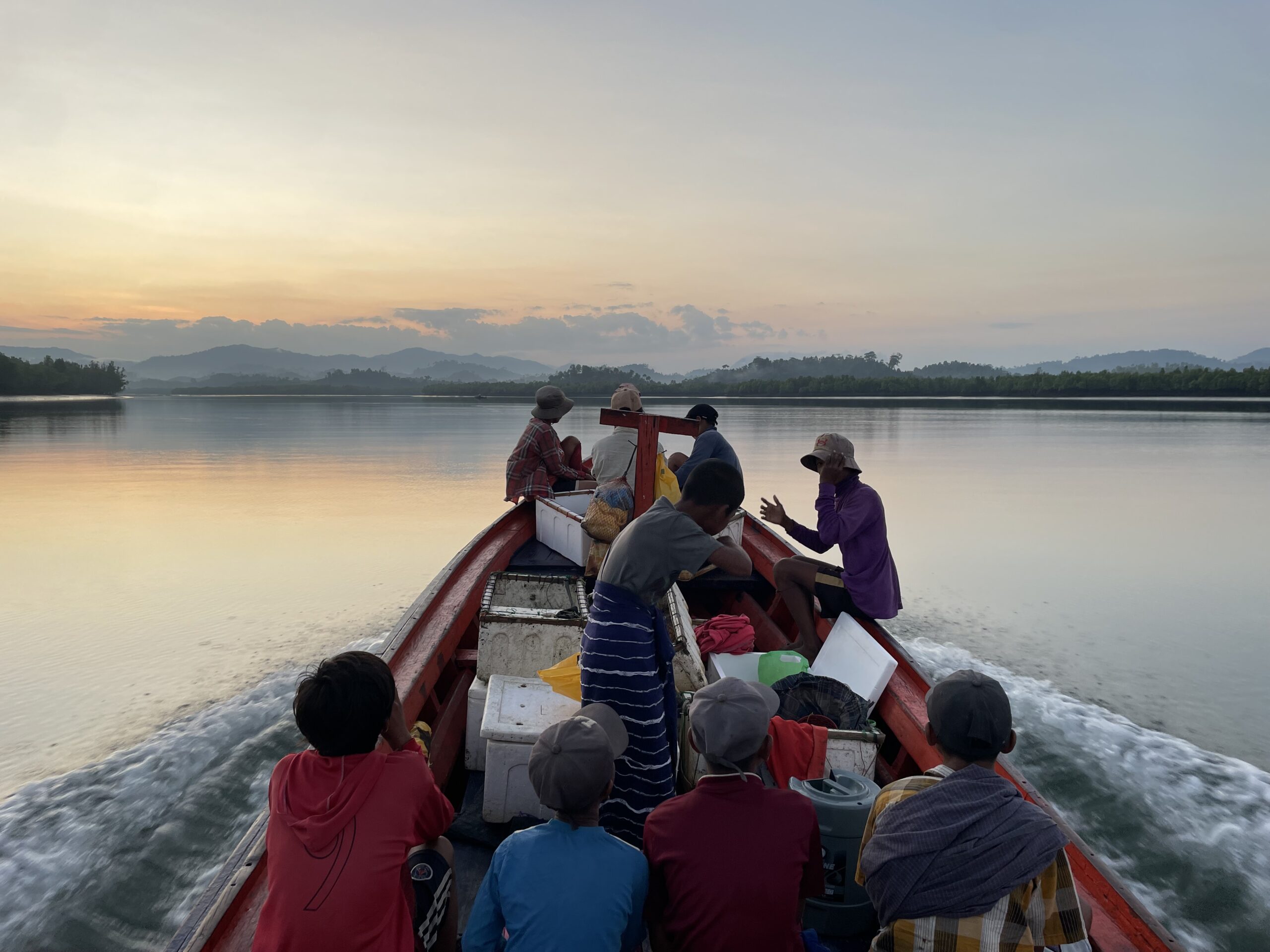OPINION
If the world is serious about addressing climate change, it must also halt the rising tide of war and authoritarianism in Myanmar and across the world.
By JACK JENKINS HILL | FRONTIER
The 27th Climate Change Conference of Parties (COP-27) began on Sunday in the Egyptian beach resort city of Sharm-el-Sheik. The location is symbolic of how climate change connects to rising authoritarianism and closing civic space globally.
In the nine years since Abdel Fattah el-Sisi took power in a coup-d’état in Egypt, activists have been arrested and civil society and environmental groups have been muzzled. COP-27 risks greenwashing these crimes and poses the question of how we can hope to address climate change and ecological collapse when environmental defenders have been silenced.
Myanmar is among the most at-risk countries from the climate crisis, and combined with military rule, the effects have already been devastating. The country experienced the second highest weather-related losses globally after Puerto Rico between 2000 and 2019, mostly due to Cyclone Nargis, which in 2008 killed over 127,000 people and displaced many more in southern Myanmar amid a negligent response from the ruling military. Declining rainfall and intensifying droughts have also led to the desertification of the central Dry Zone, forcing many to abandon agrarian livelihoods and become migrant labourers.
Conversely, Myanmar retains some of the largest remaining areas of contiguous rainforest in Southeast Asia, replete with some of the world’s most vulnerable wildlife. Kachin State in the far north has been ranked one of the world’s “hottest biodiversity hotspots”, while Tanintharyi Region in the far south encompasses some of the region’s largest surviving tracts of intact evergreen forest. Many of these landscapes are inhabited and administered by ethnic minority and indigenous groups. Despite armed conflict and destructive development projects, these communities have attempted to assert control and protect their resources through innovative local institutions and practices.
Since the February 2021 military coup, growing environmental devastation has been a silent crime. Gold mining has expanded across Myanmar, destroying waterways, decimating forests and vandalising areas of cultural heritage; illegal rare earth mining, authorised by the junta and its affiliated militias, has destroyed mountains and irreversibly poisoned rivers; and rampant logging, including within national parks and wildlife sanctuaries, has led to widespread deforestation.
Recent research by the All Burma Indigenous Peoples’ Alliance, a nationwide network of more than 30 civil society and community organisations, illustrates some of the grave challenges that forest-dependent communities now face. In Tanintharyi and Shan, Karen and Kachin states, they have seen a dramatic increase in resource extraction, whose militarised nature makes it dangerous to oppose.
An intensifying civil war has also created a conflict economy, in which there is an increasing demand from both sides for quick cash to buy weapons. Much of this cash comes from unregulated resource extraction, which has flourished amid a collapse in state administration in many areas. Rising poverty and insecurity have also pushed farming communities towards mining sites to earn a living, while at least half of the more than one million people directly displaced by conflict since the coup have fled to forested landscapes, creating new pressures on fragile ecosystems.
In the preceding decade, a growth in civic space enabled communities and activists to protect their territories to some extent from extractive and commercial projects. However, since the coup, the junta has detained more than 28,000 people for political reasons and killed over 2,400. These abuses have included the arrest, torture and killing of land and environmental defenders in numbers that have not been confirmed, but which anecdotal evidence suggests are high.
Myanmar is not the only country where authoritarianism and crimes against humanity are also drivers of environmental collapse. Russia’s invasion of Ukraine has caused environmental damage worth an estimated US$35 billion, while the Saudi-led war in Yemen has decimated agricultural lands and water resources, undermined environmental management institutions and infrastructure, and strained ecosystems through mass displacement. Meanwhile, populist authoritarian regimes like that of outgoing president Jair Bolsonaro in Brazil have presided over the growing deforestation of the Amazon Rainforest and the stripping of environmental laws and regulations.
If the world is serious about addressing the rapid onset of climate change, it must also confront growing authoritarianism, war and the shrinking of civic space – in Myanmar and elsewhere.
Jack Jenkins Hill is a PhD candidate at University College London and has worked for a decade with civil society and community-based organisations in Myanmar on land rights, forests and environmental issues.







